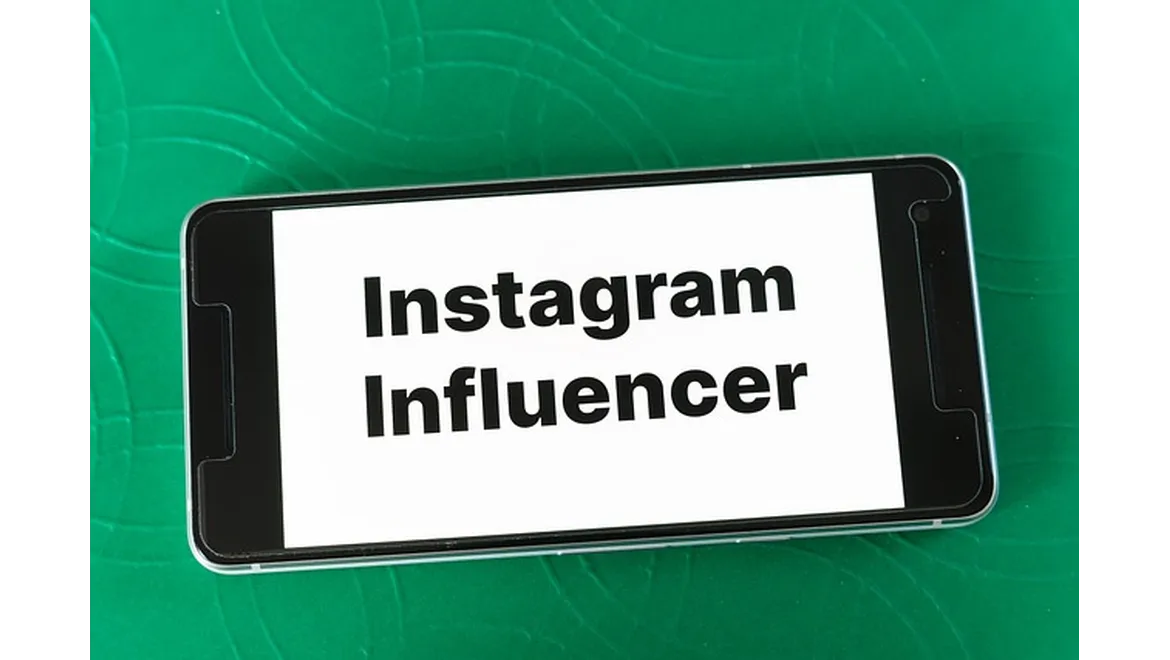Navigating the ever-evolving landscape of influencer marketing is an art—and now a science, thanks to AI. Imagine being able to sift through millions of social media posts, profiles, and interactions to find the perfect influencer for your brand. This was a quest I embarked on recently, diving deep into the realm of AI to harness its power for identifying the right collaborators through data analysis. Let me take you through my journey and how it can transform your approach to influencer partnerships.
Understanding the AI Landscape
Before diving into the nitty-gritty, it’s essential to understand the broad strokes of AI in influencer marketing. At its core, AI uses algorithms and machine learning to analyse vast amounts of data. This capability allows marketers to identify trends, predict outcomes, and optimise decisions. When applied to influencer marketing, AI can evaluate an influencer’s reach, engagement, audience demographics, and even the sentiment of their followers’ comments.
Setting the Stage with Clear Objectives
The first step in leveraging AI for influencer marketing is setting clear and measurable objectives. For me, it was about increasing brand awareness and engagement. I needed influencers whose audience demographics aligned with my target market and who had a proven track record of engaging content. Defining these objectives helped me narrow down the AI tools that would be most useful.
Choosing the Right AI Tools
The market is flooded with AI-powered tools for influencer marketing. I explored several options, including Traackr, Influencity, and AspireIQ. Each tool has its unique strengths. Traackr offered robust data analysis capabilities, while Influencity excelled in providing detailed influencer profiles. AspireIQ was particularly user-friendly, making it easy to manage campaigns and track results. I opted for a combination of these tools to get a comprehensive picture.
Data Collection and Analysis
Once equipped with the right tools, the next step was data collection and analysis. AI tools scrape data from social media platforms, analysing everything from follower counts and engagement rates to the tone of comments and the frequency of posts. This stage can seem overwhelming, but it’s where AI shines. The algorithms sort through the noise to present actionable insights.
I focused on influencers whose audience engagement was genuine—avoiding those with inflated follower counts but low interaction rates. This required a close look at metrics like the engagement rate (likes and comments divided by the number of followers) and the authenticity of interactions, which AI tools can detect by analysing comment patterns and language.
Refining the Search: Audience Fit and Content Alignment
With a shortlist of potential influencers, I refined my search by diving deeper into audience demographics and content alignment. AI tools offer demographic insights such as age, location, and interests of an influencer’s audience. This step ensured that the influencers I considered truly resonated with my target market.
Content alignment was another critical factor. I reviewed the influencers’ past posts and collaborations to ensure their content style matched my brand’s voice and values. AI tools can even predict how an influencer’s future content might align with my brand based on historical data.
Engagement and Negotiation
Once I identified the right influencers, it was time to engage and negotiate. AI tools can assist here too, by offering insights into past collaborations and average rates for influencer partnerships in my industry. Armed with this data, I approached negotiations with a clear understanding of what to expect and offered value-based compensation that aligned with industry standards.
Measuring Success
The journey doesn’t end with collaboration. Measuring success is crucial, and AI plays a vital role here. By tracking metrics such as increased web traffic, engagement rates, and conversion rates, I could assess the effectiveness of the influencer partnerships. AI tools helped in real-time tracking and provided detailed reports, allowing me to tweak strategies as needed.
Reflecting on the Journey
My exploration into AI for influencer marketing was eye-opening. It’s remarkable how technology can streamline a process that once relied heavily on intuition and manual research. AI not only saved time but also offered insights that led to more strategic and successful collaborations.
By setting clear objectives, choosing the right tools, and leveraging data analysis, I could identify influencers who genuinely connected with my brand’s audience. This approach not only enhanced brand visibility but also fostered authentic connections with consumers. As the world of marketing continues to evolve, AI stands as a powerful ally in navigating the intricate dance of influencer partnerships.











